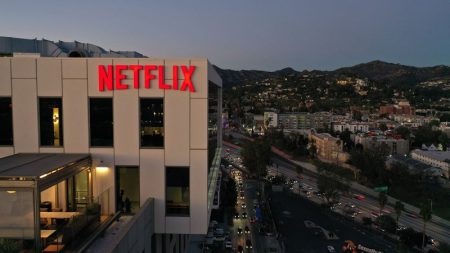The US labor market continues to show resilience and growth, with 303,000 jobs added in March and the unemployment rate dropping to 3.8%. This unexpected strength in hiring comes amid high interest rates and inflation pressures that are starting to ease. Annual wage gains have slowed slightly to 4.1%, which is still a strong rate. This sustained job growth suggests that demand for workers is sustainable and not outstripping supply like it did in the past.
Industries such as healthcare, government, leisure and hospitality, and construction drove job growth in March. The US labor market is historically strong, with job expansion for 39 consecutive months and an unemployment rate below 4% for 26 months. President Joe Biden highlighted the milestone of 15 million jobs created since he took office, emphasizing the economic progress made during his tenure. The leisure and hospitality industry has also reached pre-pandemic employment levels, marking a significant milestone in the pandemic recovery.
The March jobs report was expected to provide a clearer picture of underlying labor market dynamics, following revisions to previous reports affected by weather and seasonal factors. The US labor market continues to grow at a monthly pace of 276,333 jobs, with sustained gains raising questions about the sustainability of job growth. Recent research estimates a higher range of sustainable employment growth, attributing increased immigration flows and productivity gains to economic capacity expansion.
A hotter-than-anticipated jobs report and bumpy inflation data could complicate the Federal Reserve’s fight against rising prices. The Fed will closely monitor wage growth, hours worked, and other data to gauge inflation pressure and labor demand. While the labor market remains strong, the Fed may delay rate cuts to assess the full impact of hiring and wage growth moderation. Critical data on inflation from the Consumer Price Index and Producer Price Index will be crucial in informing the Fed’s decisions on monetary policy.
The focus should shift from speculation about Fed policy to the real impact of economic strength on American workers. Discussions about monetary policy should consider how the strong economy is improving the wellbeing of workers and households. With sustained job growth and moderate wage gains, the economy continues to recover from the pandemic, suggesting a need for ongoing support and policy adjustments to maintain growth and stability. The Fed’s decisions will be informed by a careful analysis of a range of economic indicators to ensure a balanced approach to monetary policy.














